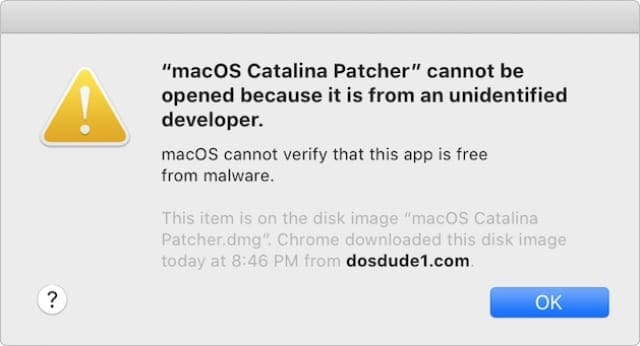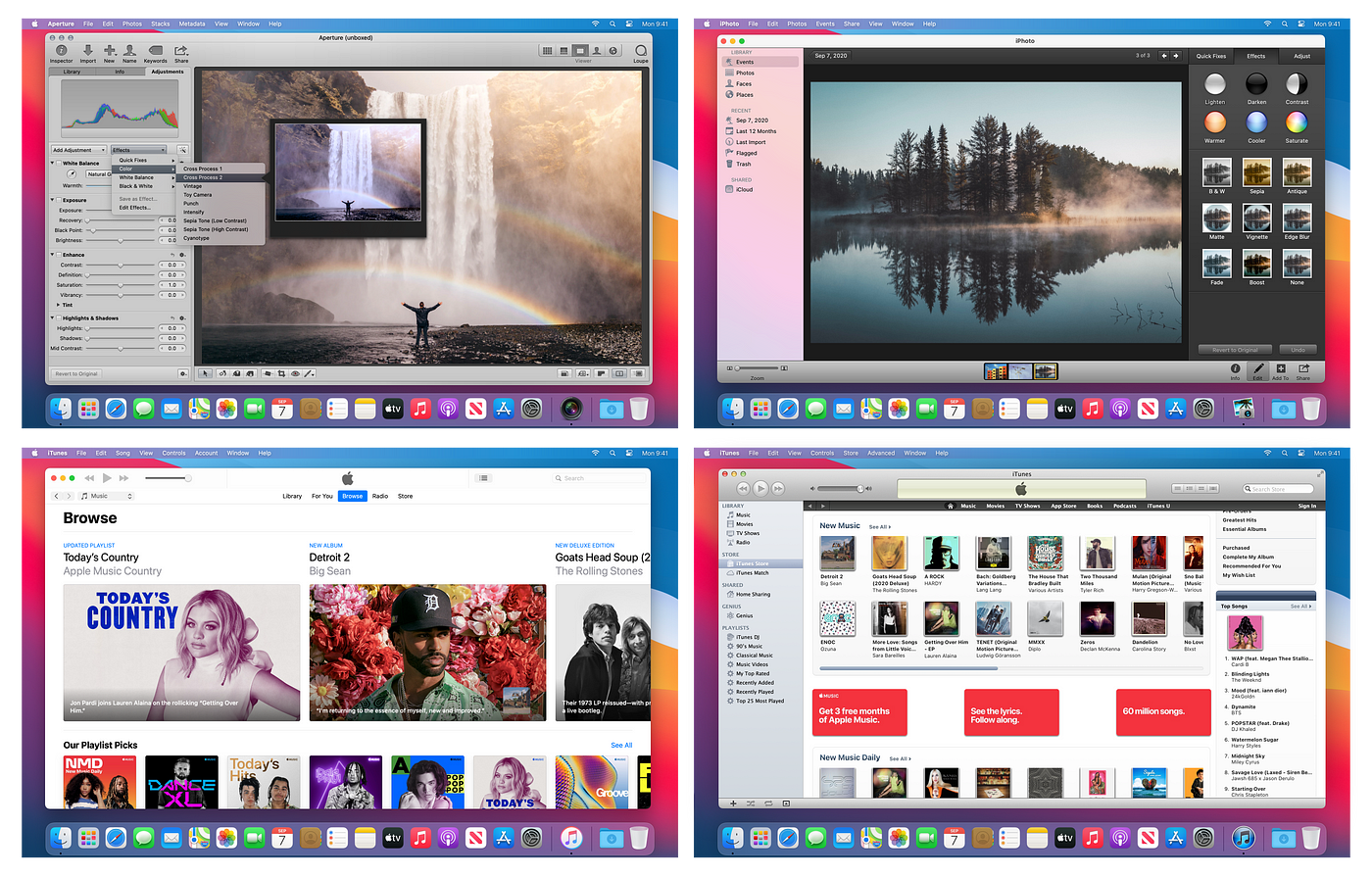

#How to disable gatekeeper on catalina how to#
How to Damage Your Computer on macOS 10.15 and Higher However, as we’ll see, it’s still possible to get around XProtect with a little work, but there are a couple of ‘gotchas’ to watch out for, as I’ll explain below. It now uses Yara rules, so just appending a byte or two to the end of the sample to change the computed file hash won’t work. XProtect long-ago became much more than just a simple hash-based file scanner. The third possibility is to determine what rule the sample is triggering, and then modify the sample to avoid the rule.

Malware authors know that real users rarely run with SIP disabled, and one easy anti-analysis technique they can use is to run csrutil status then quit or alter behavior accordingly. OK, as a last resort, but the problem is that with SIP turned off, you may run into further issues with malware behaving differently in such an unusual environment. While there’s no problem doing that in a lab machine or a VM used specifically for testing malware, it’s what I would call a ‘dirty’ solution. Eventually, we’ll end up with an OS that doesn’t even support the malware at all, so in the long-term, another solution is needed.Ī second possibility is to disable SIP and modify the XProtect file (such as by removing all the signatures). Moreover, once we move on to 10.16 and beyond, the OS on our test machines will be increasingly behind those actually in use and targeted by malware authors. That might be fine for some situations, but it means that we cannot test Catalina-specific behavior. There are a number of options.įirst, we could just run the sample on an earlier version of macOS, like 10.14 for example, where we can use the usual XProtect bypass. Given that we can no longer just remove the bit to allow malware to run on Catalina, researchers must resort to other tactics. How To Run Known Malware Samples on Catalina That’s only possible when we have a deep understanding of what threat actors are doing. First, we want to develop mitigations and blocks that are more effective than the legacy methods used by XProtect and second, we want to be able to analyse malware behavior and track campaigns in order to get ahead of threat actors. That deep dive is necessary for at least two reasons. It’s great to see Apple taking a lead, but Apple rarely shares threat intel, and if the threat is blocked by XProtect on Catalina, it prevents researchers from diving deeper into how the threat works. In recent months, Apple have not only been updating their internal security tools more frequently but also discovering some threats ahead of other researchers. Times have changed, however, and Apple have belatedly come to recognize that Macs are being targeted in the wild by a variety of different threat actors. On top of that, prior to Catalina, XProtect was always easy to bypass anyway. Not so long ago, researchers probably wouldn’t have cared much about malware known to XProtect, as XProtect was updated only infrequently and didn’t cover a lot of threats known to the macOS research community. Why You Might Want to Run Known Malware on Catalina In this post, we’ll look at the ways researchers can bypass this hardening and still run known malware on Catalina if they need to. This is great news for users, but potentially a problem for researchers who want to explore the finer details of how a sample known to XProtect actually behaves. For security researchers, this means it’s now no longer possible to run malware known to XProtect just by removing the quarantine bit with the xattr utility, as has always been the case on older versions of macOS.

In macOS 10.15 Catalina, Apple have made a number of security improvements, including hardening the system by making all executable files subject to scanning by XProtect, regardless of whether the file is tagged with the bit or not.


 0 kommentar(er)
0 kommentar(er)
